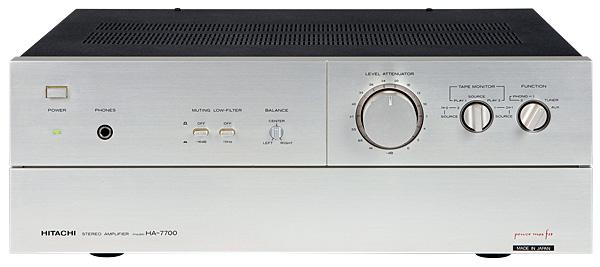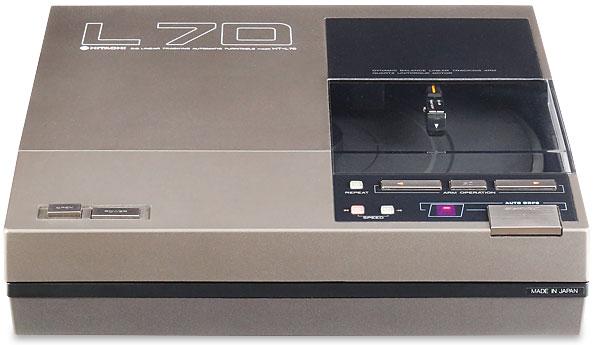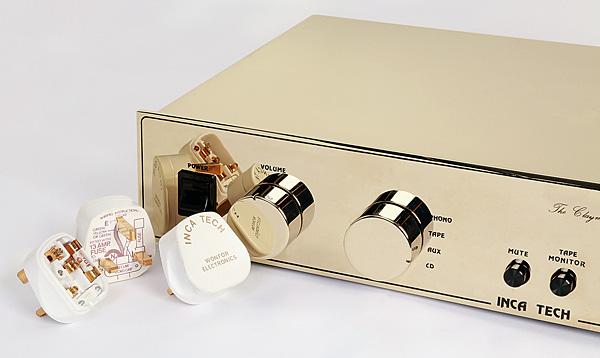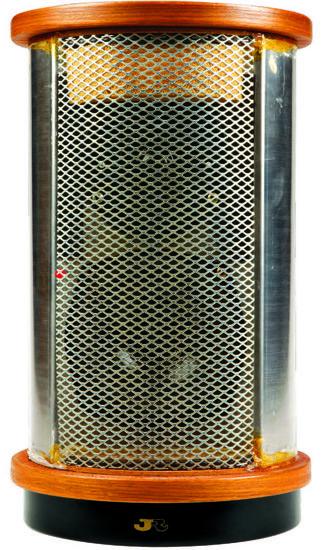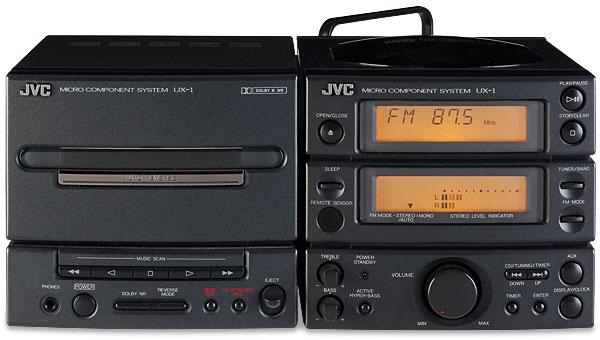Vintage
Sort By: Post DateTitle Publish Date
|
Feb 05, 2025 |
First Published: Mar 01, 2025
|
Jan 19, 2025 |
First Published: Jan 01, 2025
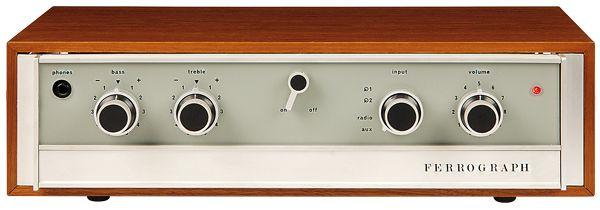


 Following its inaugural AD 800 CD player, based on a first-generation Sanyo chassis, the AD-812 slips into the mainstream with a stripped-out 16-bit/x2 player. How does it fare?
Following its inaugural AD 800 CD player, based on a first-generation Sanyo chassis, the AD-812 slips into the mainstream with a stripped-out 16-bit/x2 player. How does it fare?
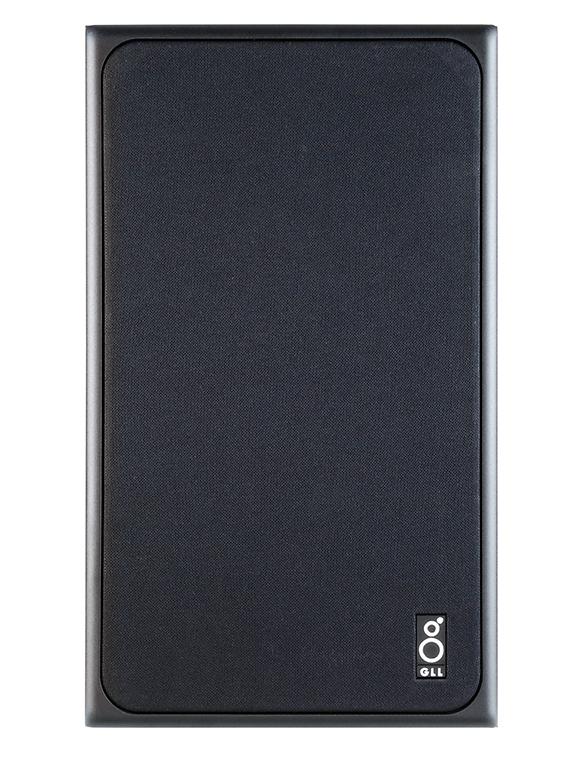

 Handsome, affordable and boasting a top-notch tuner to boot, should this early '70s receiver top your list when it comes to securing a pre-cherished radio star? We find out
Handsome, affordable and boasting a top-notch tuner to boot, should this early '70s receiver top your list when it comes to securing a pre-cherished radio star? We find out

 The sweet spot in a three-strong series of late '80s amps, this high current integrated promised to handle low impedance speakers without breaking a sweat. We listen...
The sweet spot in a three-strong series of late '80s amps, this high current integrated promised to handle low impedance speakers without breaking a sweat. We listen...
